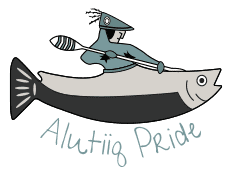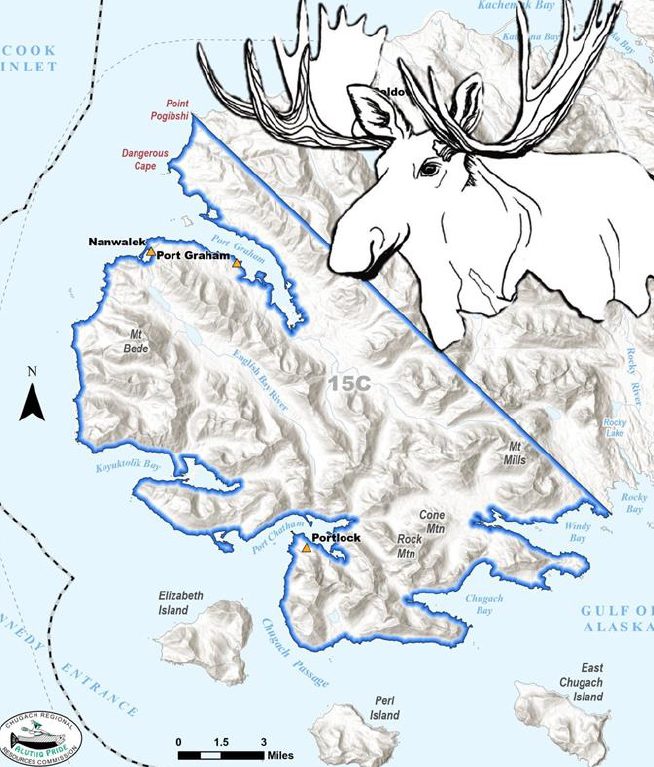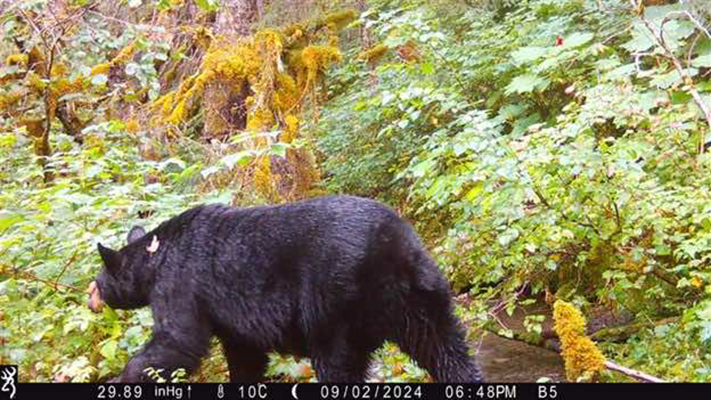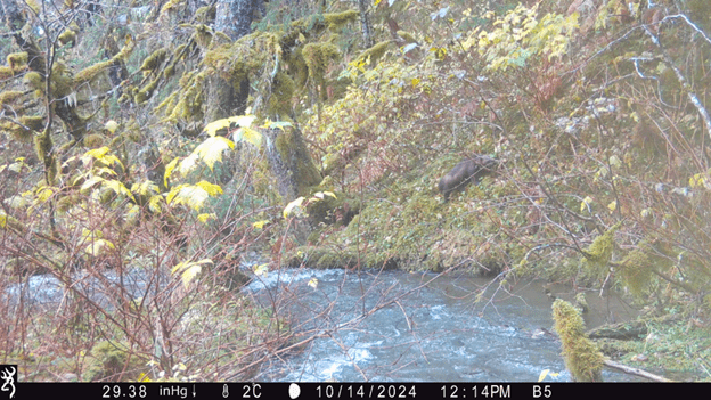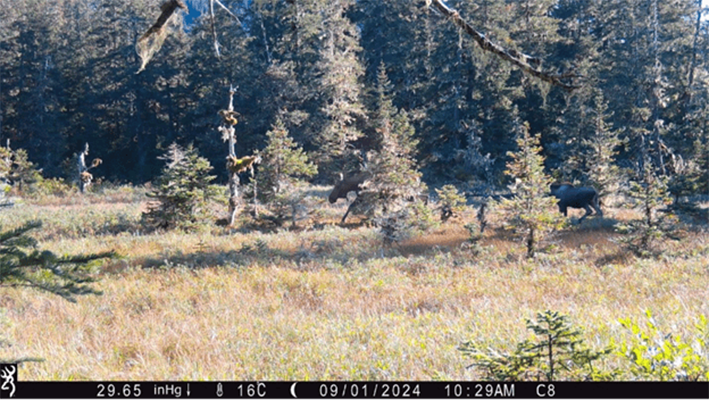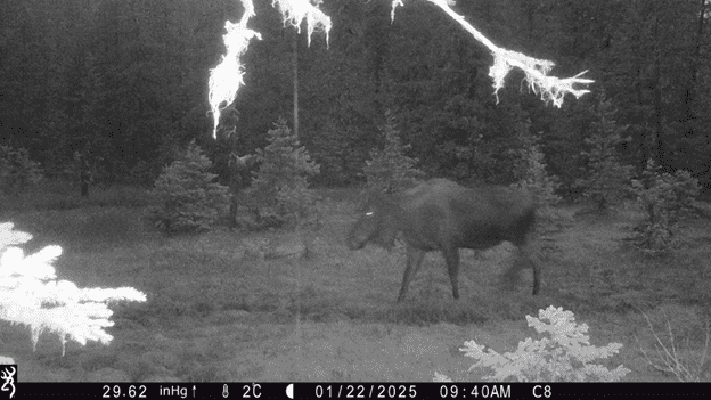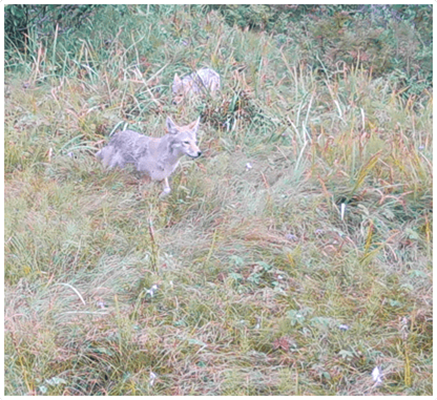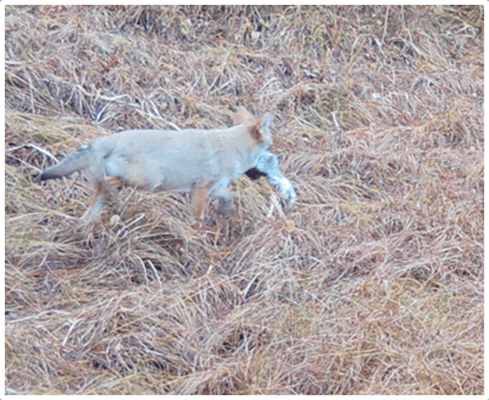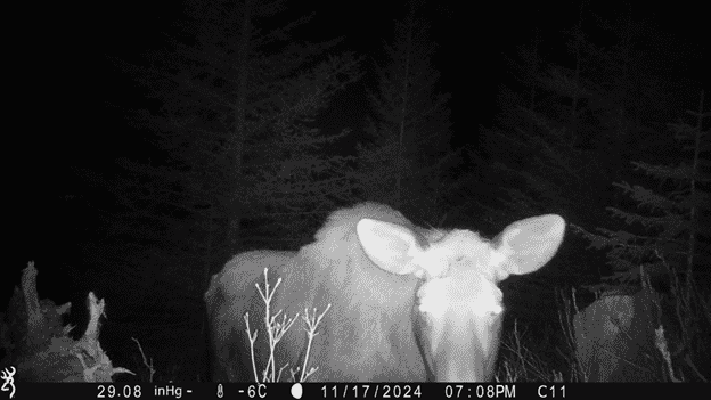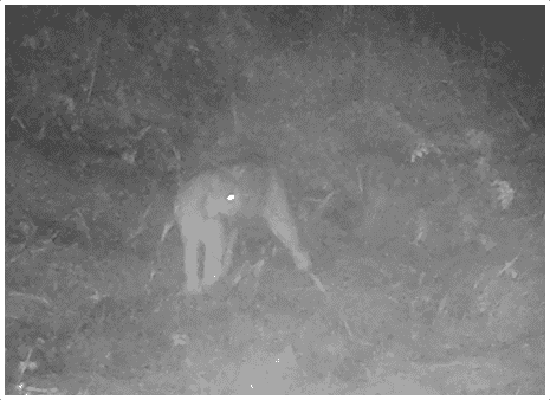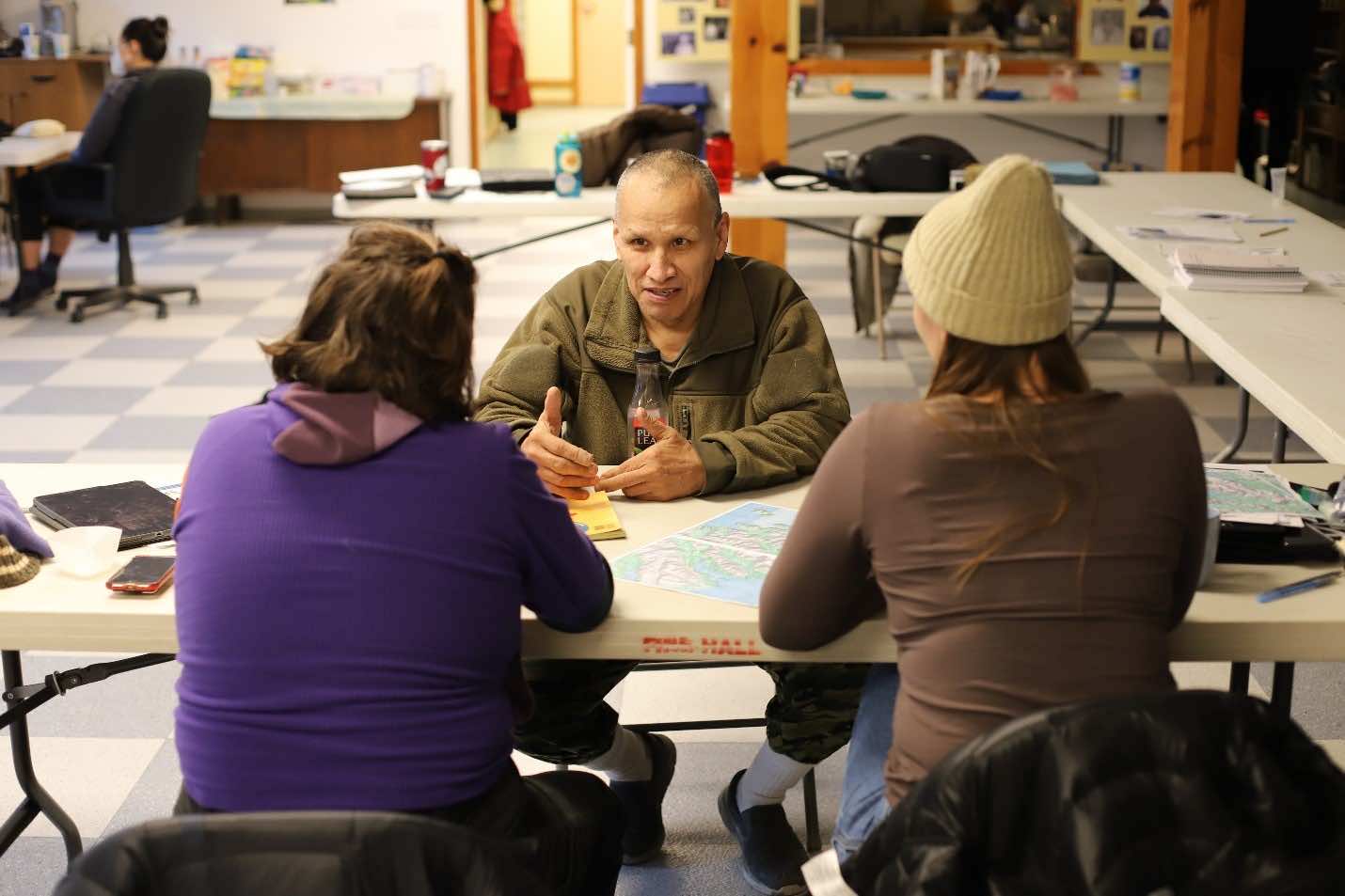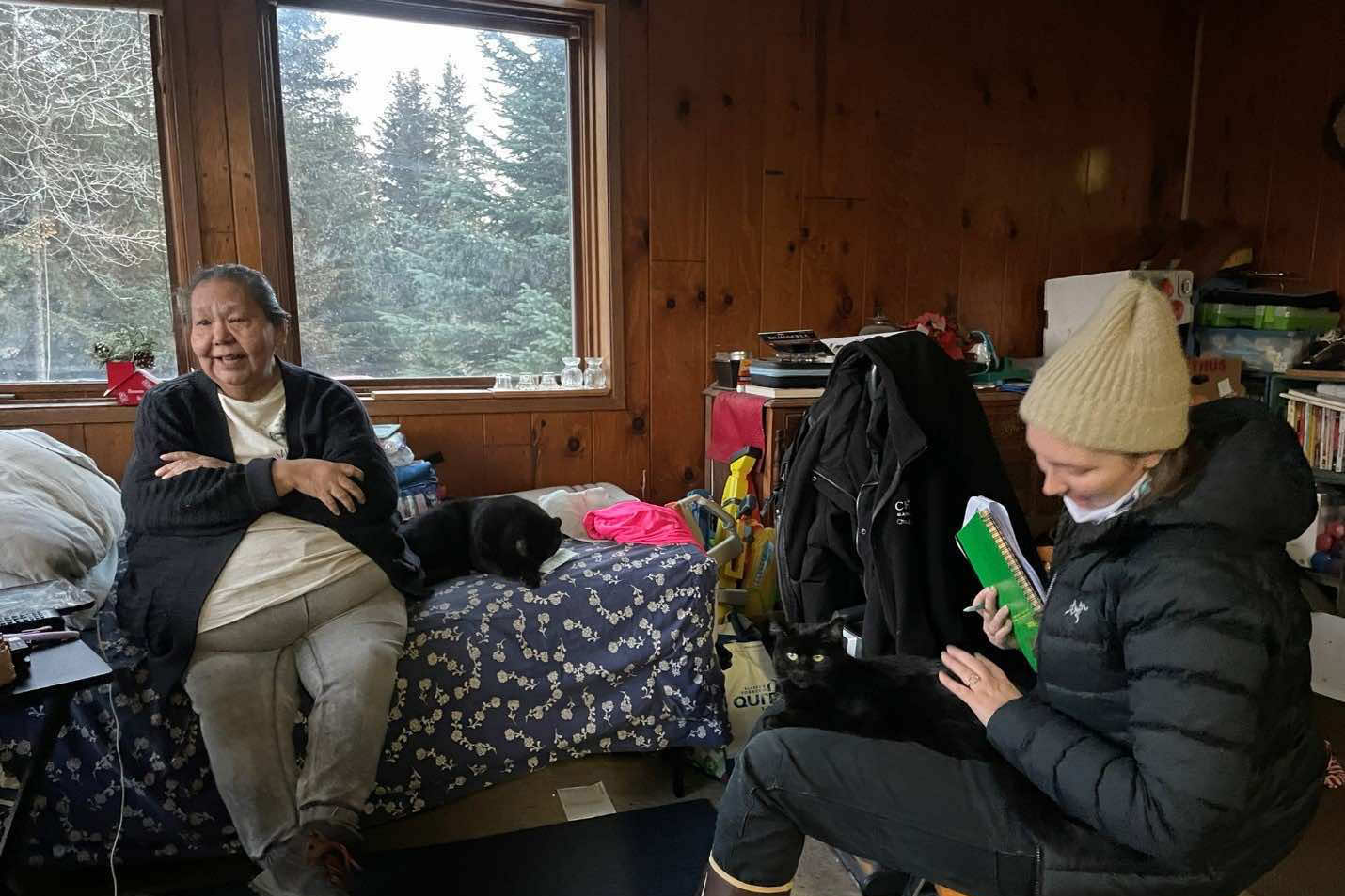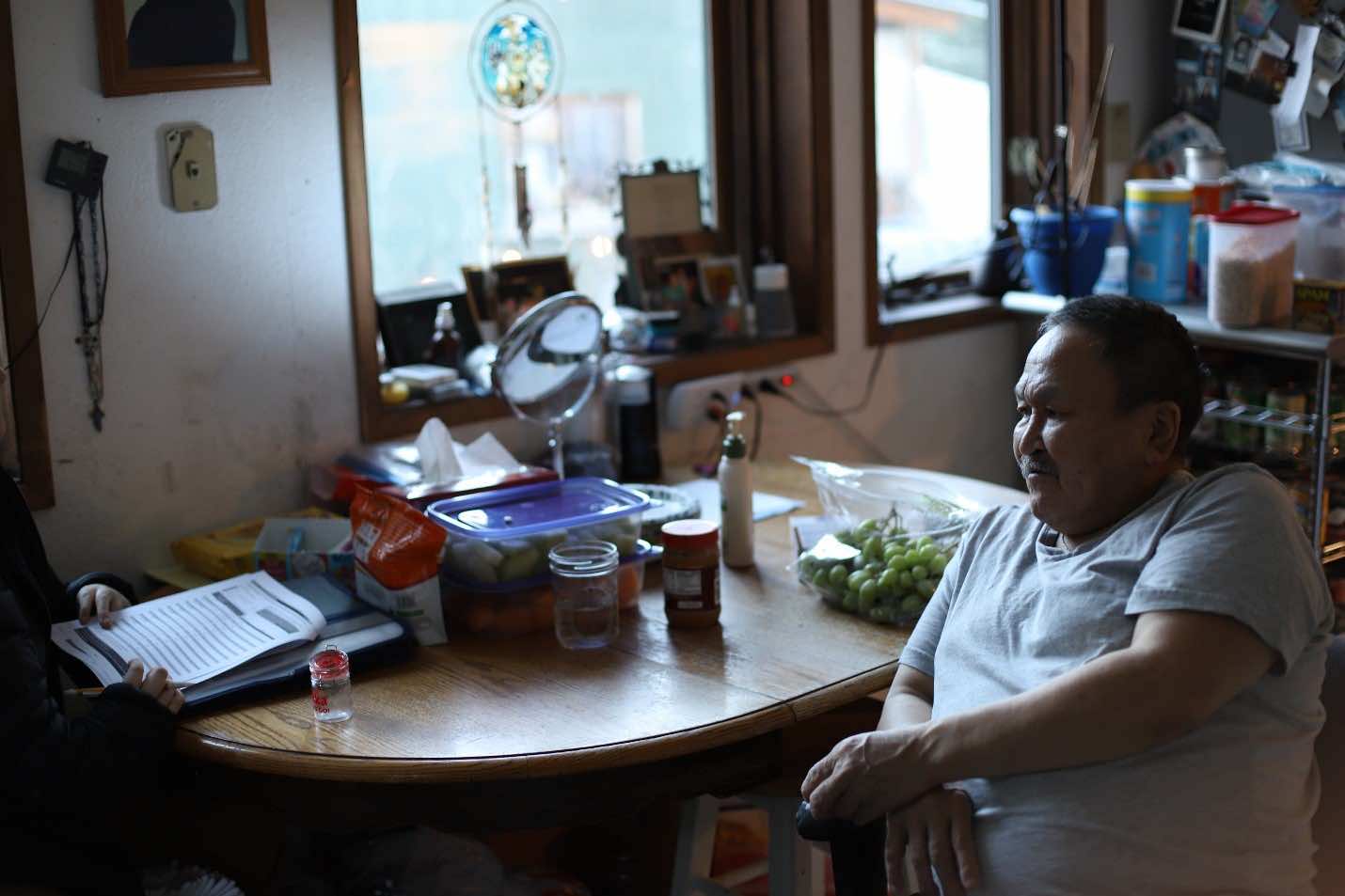LOWER COOK INLET
MOOSE COMPOSITION
Projects & Studies
Lower Cook
Inlet Moose
Composition Study
Moose in the Lower Cook Inlet are an important food security staple to Port Graham and Nanwalek. Over the past several years, Port Graham and Nanwalek Tribal Members have expressed concern about moose populations, including species health, impacts of changing environmental/climate conditions, and resource competition/interference with commercial and subsistence fisheries and how that affects their subsistence use of moose. The Alaska Department of Fish and Game (ADF&G) conducted moose counts in 2011, 2015, and 2017, and results ranged from 10 to 48, which represents minimum counts in the area. Directed by our member Tribes and funding from a Tribal Wildlife Grant through the US Fish and Wildlife Service, CRRC will be assisting in accessing the moose populations of the Lower Cook Inlet area for Tribal customary and traditional uses.
CRRC will be working
to accomplish these
goals to enhance moose
stewardship in the
Lower Cook Inlet:
Build capacity toward Tribal self-sufficiency in resource management.
Conservation of the moose population in the Lower Cook Inlet and their habitat.
Address Tribal concerns over moose data gaps in the Lower Cook Inlet by investigating the gaps and updating the information necessary for the Alaska Department of Fish and Game to manage the moose population.
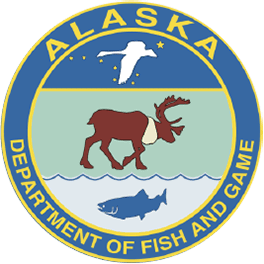
Aerial Surveying
CRRC completed an aerial survey on March 14, 2024, resulting in 21 adults and 1 calf counted, and updated ADF&G with the count. Due to topography and trees, ADF&G estimates that up to 30% of the moose may be missed. During CRRC’s survey, there were at least 12 fresh moose tracks that could not be accounted for due to the topography and trees, so CRRC deployed a game camera project to form a better understanding of the moose population.
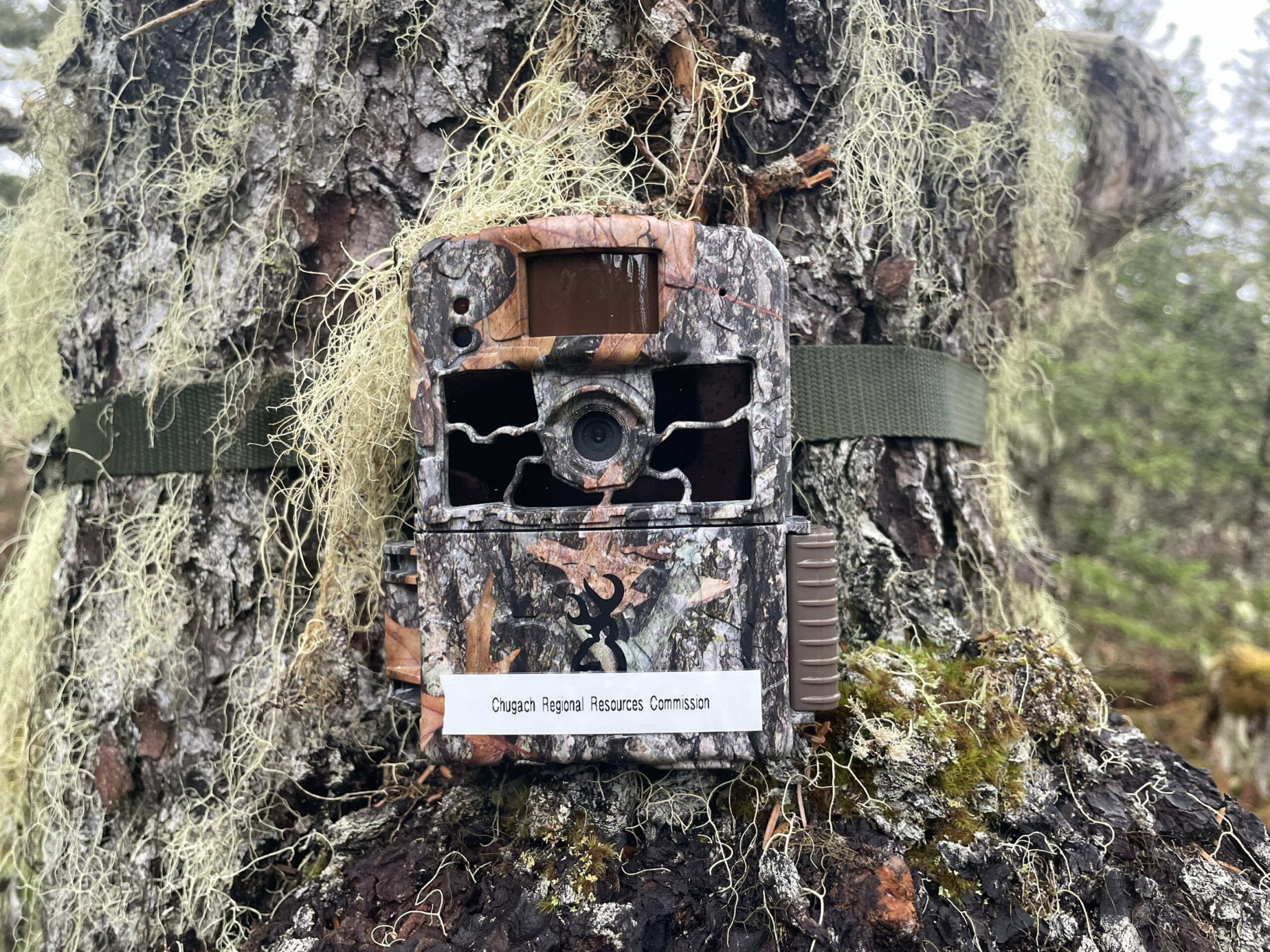
Game Camera Monitoring
Moose photos were successfully captured in the sites where traditionally spotted by the local residents, along with bears, coyotes, lynx, and wolverine photos.
After recovery of all photographic data, CRRC will parse through all recorded camera trap data and record the counts, estimate abundance, and calculate density using a recommended suite of statistical models to generate accurate and realistic predictions, and avoid biases a single top-ranked model may produce.

Traditional Moose Hunting
CRRC completed ethnographic interviews with technical assistance from Alaska Department of Fish and Game’s Subsistence Division. CRRC staff participated in a training workshop focused on collecting Traditional Ecological Knowledge (TEK). CRRC and ADF&G visited Port Graham to interview and record moose hunters for their stories about current hunting practices, past hunting practices, and what they want to see for future moose hunters. CRRC and ADF&G reviewed the transcripts and maps with each interviewee for approval and presented the data to the community. Henry Huntington gathered more information about moose hunting in these communities to compliment the data collected and CRRC wrote a report summarizing the project results. The report has been submitted to the Native American Fish and Wildlife Society’s journal “From the Field” for publishing and is currently in the peer review process. The publishment will be distributed to Port Graham and Nanwalek when available.
